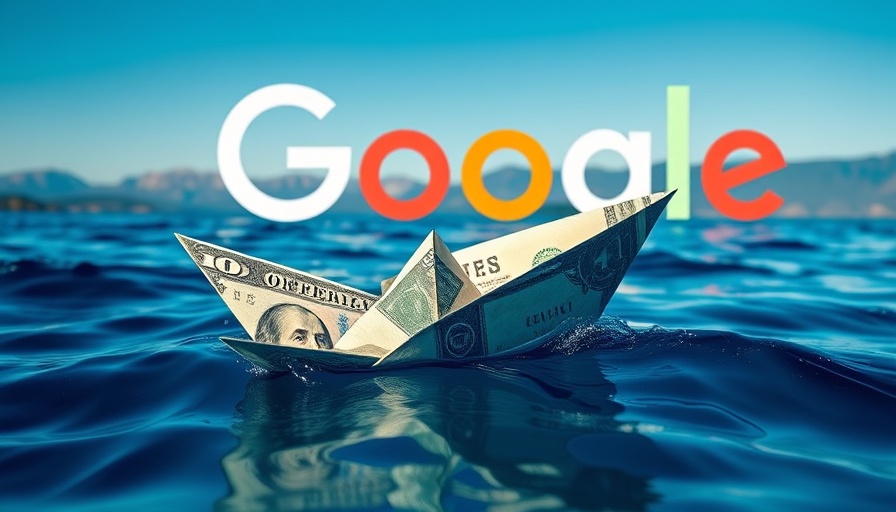
The Shifting Landscape of Digital Marketing
Google's fourth-quarter results raise critical questions about the future of SEO and PPC. As the digital landscape continues to evolve, marketers must adapt strategies to navigate these changes effectively. With shifting user behaviors and emerging competition, the way consumers interact with search engines and advertisements is changing profoundly.
User Behavior: A New Trend
Recent insights indicate a dramatic shift in user behavior. Instead of relying solely on traditional search engines like Google, many users are gravitating towards AI-driven platforms and visual social media. Tools like ChatGPT and TikTok are transforming how information is accessed, offering quick, engaging results without the typical ad disruptions. This trend not only changes how brands connect with consumers but also raises concerns about the functionality and relevance of conventional search methods.
AI and Competitive Pressure
Experts point to the significant investments in AI infrastructure as a sign that Google isn’t the only player in the game anymore. Companies like OpenAI and Meta are developing fast, interactive tools that appeal to a generation that craves immediacy and efficiency. In particular, Gen Z and Gen Alpha are leaving traditional search behind in pursuit of more visually captivating and informative platforms. This competitive pressure highlights the need for marketers to diversify their outreach strategies, rather than relying solely on Google for visibility.
Moving Forward: What This Means for Marketers
In light of these developments, marketers must re-evaluate their strategies. The traditional consumer journey—which often began with Google—has evolved. Today’s consumers may start their search on platforms like Instagram or TikTok, making it essential for brands to explore new marketing channels. As Duane Forrester from INDEXR.ai points out, the reliance on a single search engine is no longer sustainable. Marketers should experiment with social media engagement and explore alternative advertising techniques that resonate with today’s diverse audiences.
Conclusion: Embrace the Change
This evolving landscape signals a need for agility in marketing strategies. By understanding the shifting paradigms of user behavior, marketers can position themselves to harness opportunities presented by new technologies and platforms. Embracing these changes is not just prudent; it's essential for sustained competitiveness in an increasingly crowded market.
 Add Row
Add Row  Add
Add 






Write A Comment